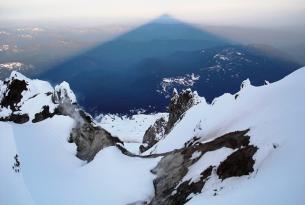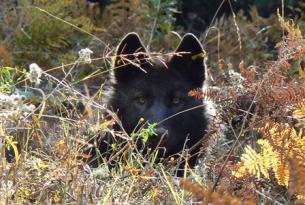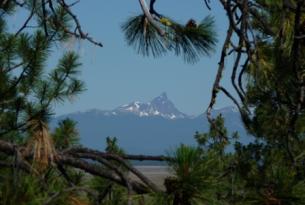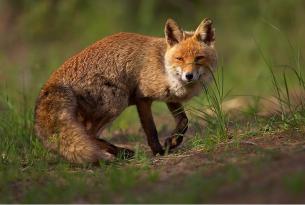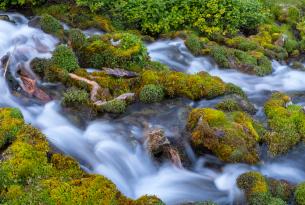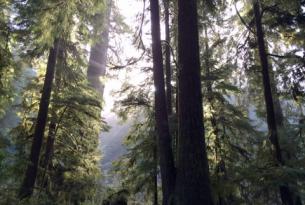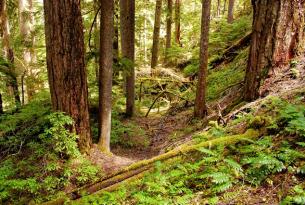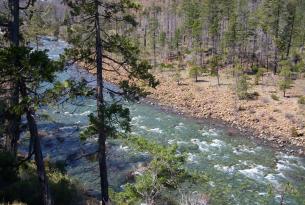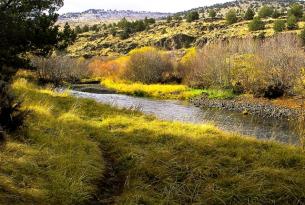Climbing Mt. Hood
by Naseem Rakha
In March, I decided to do something I have never done before—climb a mountain. At first I thought I would try Mt. Kilimanjaro. I know a fellow in town that organizes trips up the snow-capped African peak. But having never climbed anything higher than 8,000 feet, I did not know if I could handle going up to 19,000.

